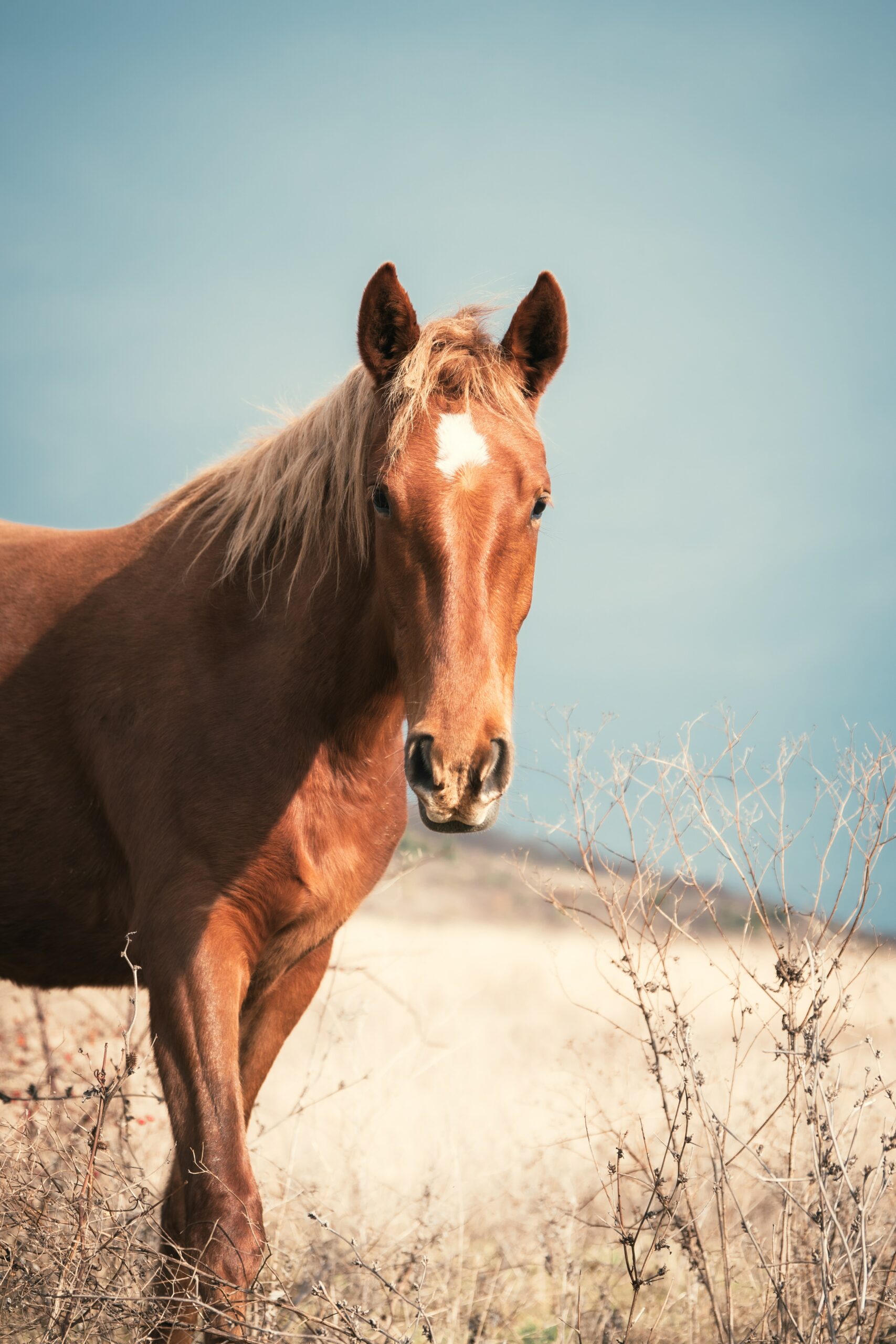Pets and Their People Blog
Understanding Horse Training Videos
There are tons of horse training videos all over YouTube, TikTok, Instagram, and other social media platforms. It can be very challenging to determine which videos are worth following and maybe practicing with your horse, and which ones should be avoided.

I often receive videos from students asking if what the trainer in the video is saying is correct because it sounds like it might be but they have doubts. Or someone posts a video in a Facebook group asking how the horse was trained because the horse “looks” happy and engaged, and what the trainer in the video is saying sounds good.
Here is my absolute best advice when it comes to watching horse training videos: Watch it first with the sound off. If you can’t tell what’s going on or what the trainer wants from the horse just by watching with no sound, I guarantee the animal has no idea what’s going on or what the trainer wants either.
It’s easy for people to explain away what they’re doing and make it sound legitimate and favorable, even though your eyes may be telling you a different story, so removing their explanations first will give you a clearer picture. Then you can go back and watch again with sound and see if the words match what you saw first.
Here are some of the things to look for when watching training videos:
- Is the trainer making a lot of big movements towards the horse? Horses are very sensitive to the way we move and do not need big movements to understand what we want them to do. Using big movements is usually scary and intimidating for the horse.
- What is the trainer carrying? If you see a whip or a crop, then it’s likely that the trainer uses fear, intimidation, or at the very least discomfort to train, even if they don’t know it themselves. While some positive reinforcement trainers repurpose whips to use as target sticks, you can usually tell the difference by the presence or absence of a treat pouch.
- Liberty training… just because the horse is not wearing a halter or any other tack, does not mean that the horse is comfortable or even a willing participant. Make sure to look for other clues as to what’s really going on.
- Does the horse look like they’re trying to avoid the trainer in any way? Freezing when the trainer goes to touch them, moving away whenever the trainer moves towards them, and looking out over the barrier when they’re being lunged are all signs that the horse is not enjoying the interaction.
- Does the trainer praise the horse a lot and look like they’re really having fun? One thing I’ve noticed when watching horse training videos is that trainers who don’t use positive reinforcement almost always look very serious and sometimes even angry when they’re working with a horse. They also don’t talk to or praise the horse very often, if at all.
Lastly, if you feel uncomfortable while watching a horse training video and think maybe what the trainer is saying doesn’t really make sense, go with that feeling because you are probably right.
About the Author

Michelle Martiya is a certified animal trainer offering virtual coaching services anywhere in the world. She works with all species and specializes in fearful and feral equids. You can contact Michelle through www.essentialanimaltraining.com or www.instagram.com/essentialequinetraining.
